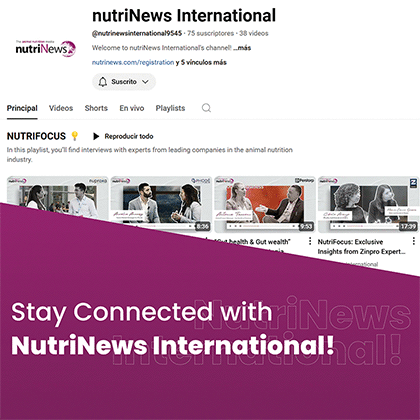Opportunities for the use of rye in swine diets: What do recent studies tell us and how far can we go?
|
Why rye again? Rye was a traditional cereal in the diet of pigs in Northern Europe for many years. However, higher yields of wheat and corn have displaced it from diets. So, why is rye experiencing a revival now? |
The quest for sustainable and efficient livestock production has led to the exploration of alternative feed ingredients that provide essential nutrients while simultaneously minimizing environmental impact.
 In recent years, rye has gained attention as a potential feed ingredient for finishing pigs due to its nutritional profile, environmental benefits, and cost-effectiveness.
In recent years, rye has gained attention as a potential feed ingredient for finishing pigs due to its nutritional profile, environmental benefits, and cost-effectiveness.
|
Today, the choice among different cereal varieties in swine nutrition goes beyond maximizing energy and protein yield per hectare; it’s about finding the solution that best fits current conditions.
|
As global attention on sustainable agriculture intensifies, hybrid rye offers several environmental advantages when used in swine nutrition. It is a resilient crop that requires fewer chemical inputs, such as fertilizers and pesticides, compared to other cereals.
|
Its ability to thrive in cold climates and poor soils makes it a valuable crop in rotation systems, promoting soil health and reducing the risk of erosion.
In the context of climate change and the environmental impact of cereal cultivation, there are many arguments (efficiency in the use of limited resources such as water and phosphorus) in favor of rye. |

As a result, its cultivation has a relatively low carbon footprint (GFLI 2023). This factor could play a much more significant role and offer opportunities in the future regarding pig nutrition.
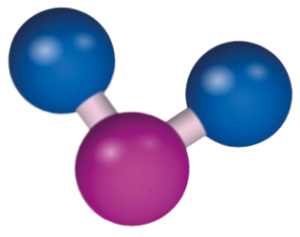
![]() Especially when it comes to «CO2 footprint» foods, this may even present market advantages.
Especially when it comes to «CO2 footprint» foods, this may even present market advantages.
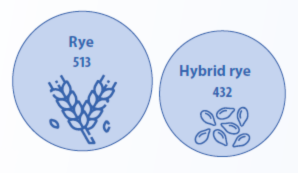
Impact on climate change (kg CO2 eq/ton product) of wheat and hybrid rye (KWS branded Data, GFLI 2023).
|
Rye in animal feed
In fattening pig diets, this can offer the advantage of achieving lower protein contents without expecting a loss of performance due to the supplementation of individual amino acids. Furthermore, rye is an excellent source of fiber, especially soluble fiber, which can positively influence the intestinal health of pigs.
|
How much rye can we use?
Although there are many characteristics that advocate for increased use of rye in pig feeding, there are several parameters that are the most interesting.
On the other hand, there must be a high level of acceptance of feed intake.
This should result in favorable daily gains and, thus, a preferable low feed conversion ratio. Let’s explore some recent studies regarding the utilization of rye in fattening pigs.

The question may arise: when should rye be introduced to younger animals? The positive update is that rye can be incorporated into the diet of weaned piglets. Early adaptation can offer benefits when utilizing a rye-based diet in subsequent fattening periods.
Nevertheless, a recent German study has shown that there were no adverse effects, even with a 48% substitution of wheat with rye (ELLNER et al., 2021).
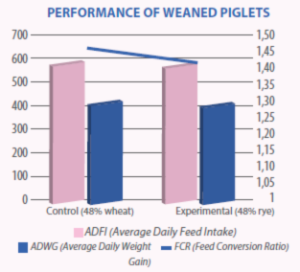
Graph 1. Source: ELLNER et al., 2021.
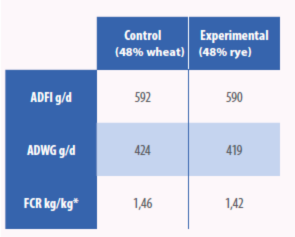
Table 1: Average daily feed intake (ADFI), average daily weight gain (ADWG), and feed conversion ratio (FCR) in weaned piglets (8-20 kg) fed rye-based diets during a 33-day trial period (ELLNER et al., 2021).
 Furthermore, a study from Illinois (MCGHEE et al. 2023) has shown that up to 60% of corn can also be replaced by rye in the first 5 weeks post-weaning. Aside from a slight increase in feed conversion, no negative effects were found regarding gains and feed consumption. Furthermore, a study from Illinois (MCGHEE et al. 2023) has shown that up to 60% of corn can also be replaced by rye in the first 5 weeks post-weaning. Aside from a slight increase in feed conversion, no negative effects were found regarding gains and feed consumption. |
How to proceed during the fattening periods?
In our own studies conducted at theInstitute of Animal Nutrition, growing fattening pigs (16-40 kg) were fed diets containing increasing proportions of rye (WILKE and KAMPHUES 2023).
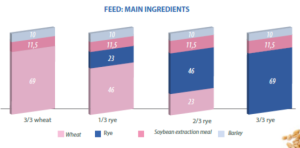
Graph 2. Source: Wilke & Kamphues 2023
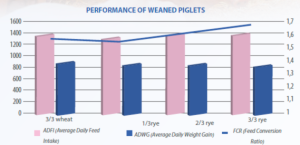
Graph 3. Source: Wilke & Kamphues 2023
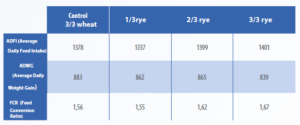
Table 2: Average daily feed intake (ADFI), average daily weight gain (ADWG), and feed conversion ratio (FCR) in growing fattening pigs (16-40 kg) fed rye-based diets (WILKE and KAMPHUES 2023).
|
In Poland, there is an increasing number of studies on the use of rye in pig feeding. In a recently published study, not only was the performance of the animals analyzed, but also potential effects on carcass quality were examined (LISIAK et al., 2023).
|

Table 3:Feed consumption (kg, entire fattening period), average daily weight gain, and feed conversion ratio (FCR, kg/kg) in fattening pigs (29 – 110 kg) fed rye-based diets (LISIAK et al., 2023).
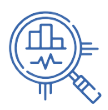 Regarding the performance of the animals, no negative effects were observed with an increase in the amount of rye in the diets. The results also did not indicate any losses in carcass quality due to the forced use of rye.
Regarding the performance of the animals, no negative effects were observed with an increase in the amount of rye in the diets. The results also did not indicate any losses in carcass quality due to the forced use of rye.
 The backfat thickness, lean meat content of the carcass, and that of the major cuts were not affected in the group fed with hybrid rye-based diets compared to the control group fed with barley and wheat..
The backfat thickness, lean meat content of the carcass, and that of the major cuts were not affected in the group fed with hybrid rye-based diets compared to the control group fed with barley and wheat..
No changes were observed in animals fed with rye regarding most meat physical characteristics, including basic chemical composition, cholesterol content, or sensory attributes. On the contrary, more favorable values for n-3 PUFA were found, resulting in an improved ratio of n-6 to n-3 PUFA (LISIAK et al., 2023).
|
As evident, incorporating rye into pig feed provides benefits. For very young pigs, it’s advisable to use moderate amounts to prevent an excessive increase in feed requirements. However, during the growth and finishing phases, substantially higher quantities can be employed, resulting in favorable gains.
|
Recommendations for the use of hybrid rye in fattening pig diets based on our own studies:

You may also like to read: “Understanding Corn Variability: Part II”

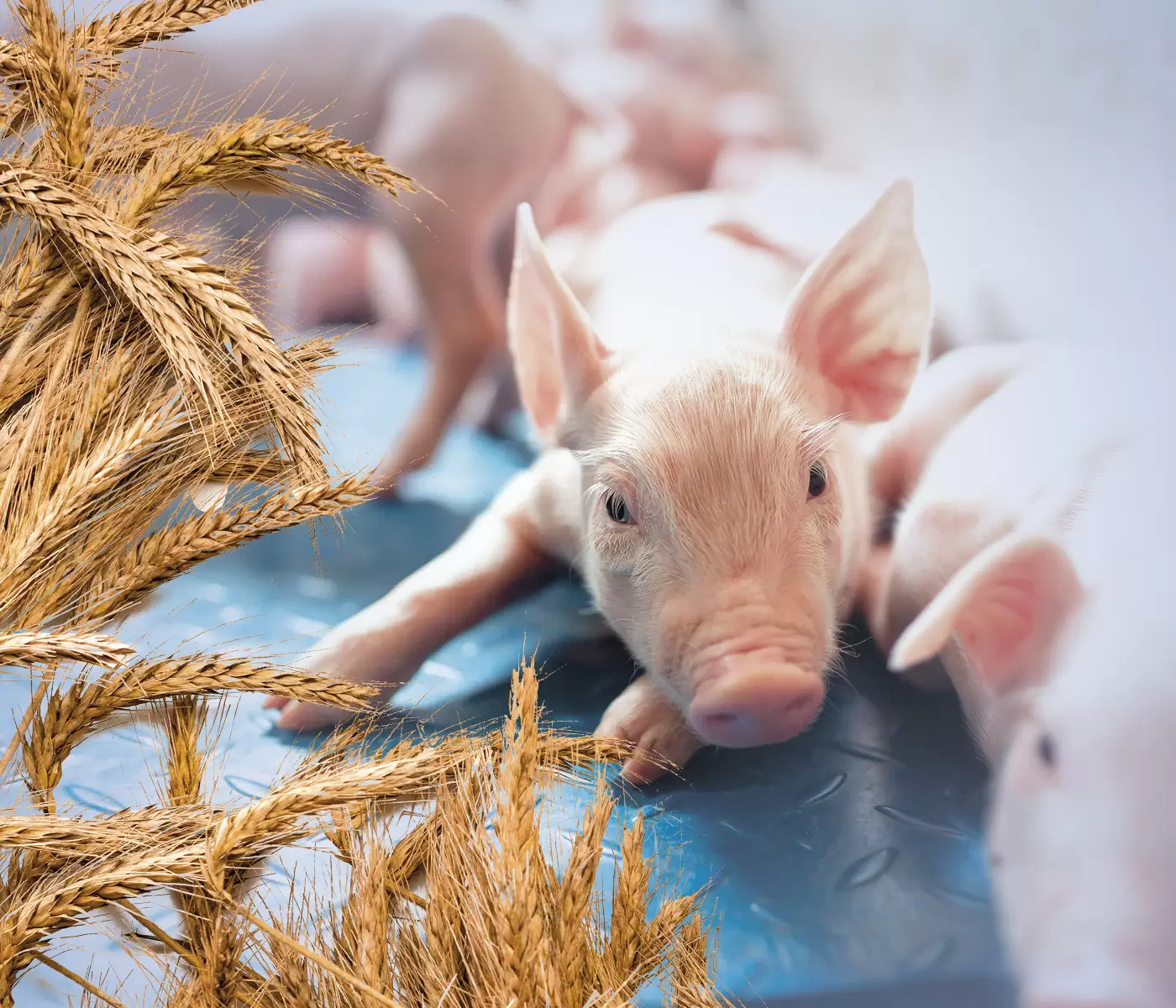



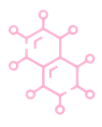


 Animals were fattened from 29 kg to approximately 110 kg. Diets containing 20%, 40%, and 60% rye were compared with a standard barley and wheat-based diet. Soybean extraction meal was used as a protein source.
Animals were fattened from 29 kg to approximately 110 kg. Diets containing 20%, 40%, and 60% rye were compared with a standard barley and wheat-based diet. Soybean extraction meal was used as a protein source.
